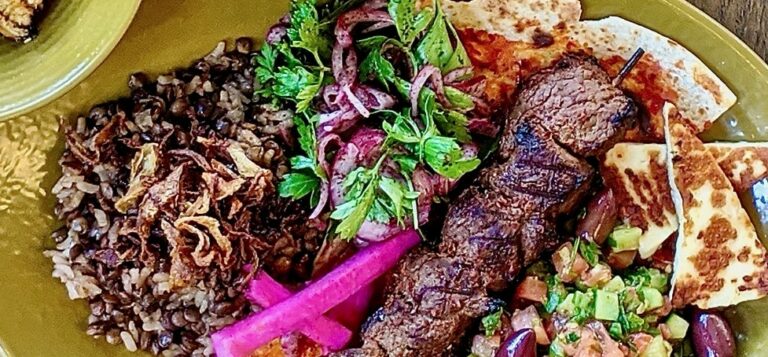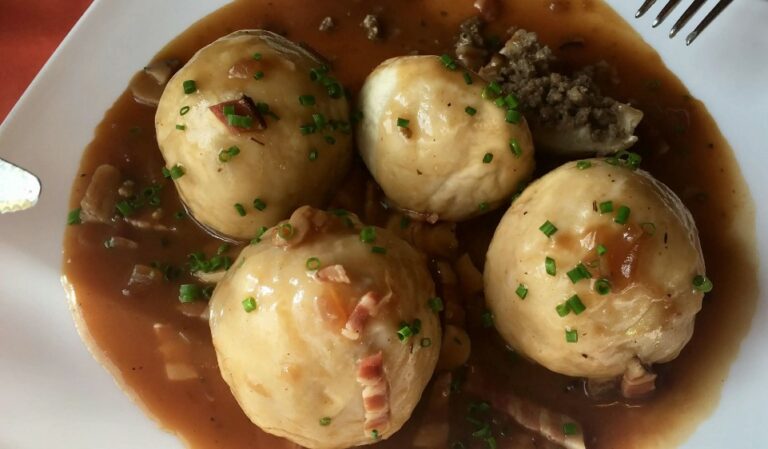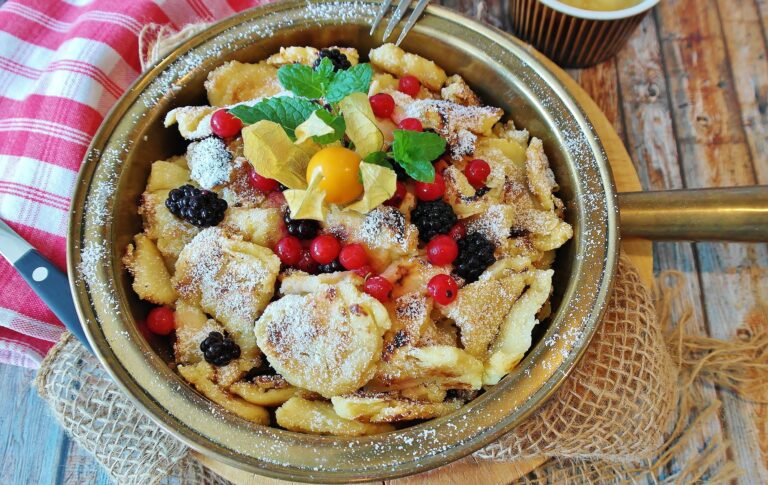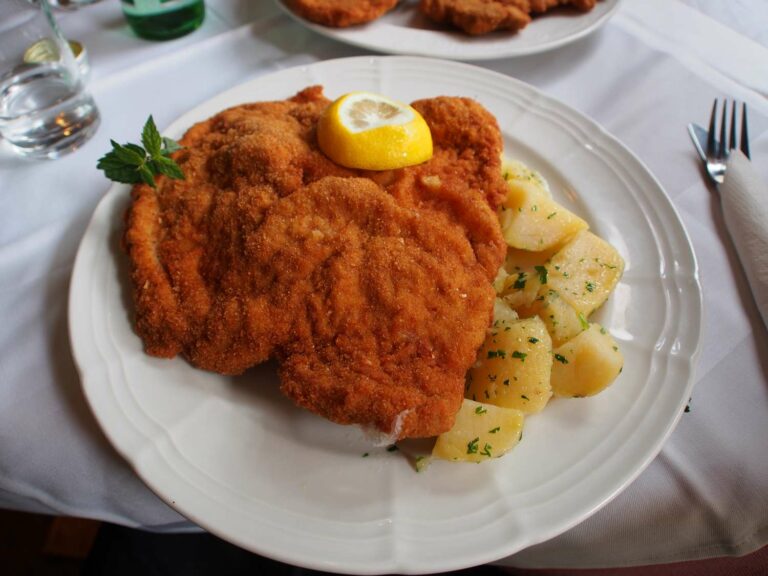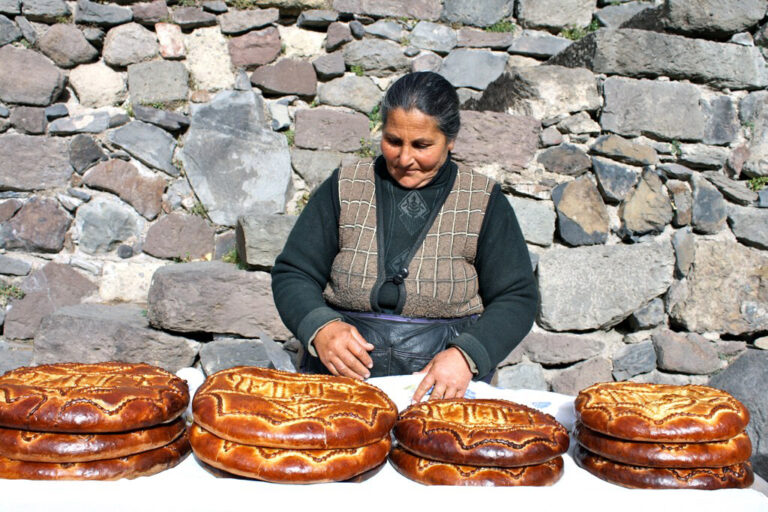Introduction: Armenian cuisine and vegetarian options
Armenian cuisine is known for its rich flavors and diverse history. From traditional meat dishes like khorovats (barbecue) to the famous dolma (stuffed vegetables), Armenian cuisine has a lot to offer. However, with the growing popularity of vegetarianism, it is important to explore the vegetarian options in Armenian cuisine.
Vegetarianism is becoming more and more popular in Armenia, with many people choosing to adopt a meat-free lifestyle for various reasons. This has led to an increase in demand for vegetarian options in Armenian cuisine, both in traditional dishes and modern adaptations. In this article, we will explore the vegetarian options in Armenian cuisine, from traditional dishes to modern variations, and look at the future of vegetarianism in Armenian cuisine.
Historical background of Armenian cuisine
Armenian cuisine has a long and rich history, dating back to ancient times. The cuisine has been influenced by various cultures over the centuries, including Persian, Turkish, and Russian. Meat has always been a staple in Armenian cuisine, with dishes like khorovats and kebab being popular options. However, there are also many traditional vegetarian dishes that have been passed down through the generations.
Many of these vegetarian dishes were created during times of hardship, when meat was scarce. These dishes were made using simple ingredients like grains, legumes, and vegetables, and were designed to be filling and nutritious. Some of the most popular traditional vegetarian dishes in Armenian cuisine include lentil soup, chickpea stew, and eggplant roll-ups.
Common ingredients in Armenian cuisine
Armenian cuisine is known for its use of fresh, seasonal ingredients. Some of the most common ingredients in Armenian cuisine include eggplant, tomatoes, onions, garlic, herbs, and spices. Lentils and chickpeas are also commonly used in traditional vegetarian dishes.
Armenian cuisine is also famous for its use of bread, with lavash being the most popular type. Lavash is a thin, soft bread that is used to wrap meat dishes like khorovats, but can also be used to make vegetarian wraps and sandwiches.
Traditional vegetarian dishes in Armenian cuisine
As mentioned earlier, Armenian cuisine has a variety of traditional vegetarian dishes that are popular among locals and tourists alike. Some of these dishes include:
- Lentil soup (shorab)
- Chickpea stew (namul)
- Eggplant roll-ups (sasir tavukh)
- Spinach and cheese turnovers (burek)
- Stuffed grape leaves (dolma)
These dishes are typically made using simple ingredients like lentils, chickpeas, eggplant, and spinach, and are flavored with herbs and spices like mint, dill, and parsley.
Modern adaptations of Armenian vegetarian cuisine
With the growing popularity of vegetarianism in Armenia, many chefs and home cooks are experimenting with modern adaptations of traditional Armenian dishes. These adaptations use plant-based ingredients to create dishes that are both delicious and nutritious. Some popular modern adaptations of Armenian vegetarian cuisine include:
- Lentil and mushroom khorovats
- Chickpea and vegetable kebab
- Eggplant and tomato stew
- Quinoa stuffed grape leaves
- Mushroom and cheese lavash wrap
These dishes use plant-based ingredients like lentils, chickpeas, mushrooms, and quinoa to create vegetarian versions of traditional Armenian dishes.
Restaurants and cafes with vegetarian options in Armenia
As the demand for vegetarian options in Armenian cuisine grows, many restaurants and cafes in Armenia are now offering vegetarian options on their menus. Some popular restaurants and cafes with vegetarian options include:
- Dargett Brewery
- The Green Bean
- Lavash Cafe
- Adonis Restaurant
- Yerevan Pandok
These restaurants and cafes offer a variety of vegetarian options, from traditional Armenian dishes to modern adaptations.
Vegetarian options for special occasions in Armenian cuisine
Armenian cuisine is known for its elaborate feasts and celebrations, and there are plenty of vegetarian options for special occasions. Some popular vegetarian options for special occasions include:
- Lentil and vegetable pilaf (plov)
- Stuffed eggplant (imam bayildi)
- Mushroom and cheese borek
- Vegetable kebab platter
- Vegetable dolma platter
These dishes are often served alongside traditional meat dishes, providing a variety of options for guests.
Conclusion: The future of vegetarianism in Armenian cuisine
As the demand for vegetarian options in Armenian cuisine continues to grow, it is likely that we will see more and more vegetarian options on restaurant menus and at special occasions. Traditional vegetarian dishes will continue to be popular, but we can also expect to see more modern adaptations using plant-based ingredients. Overall, the future of vegetarianism in Armenian cuisine looks bright, as more and more people adopt a meat-free lifestyle.

